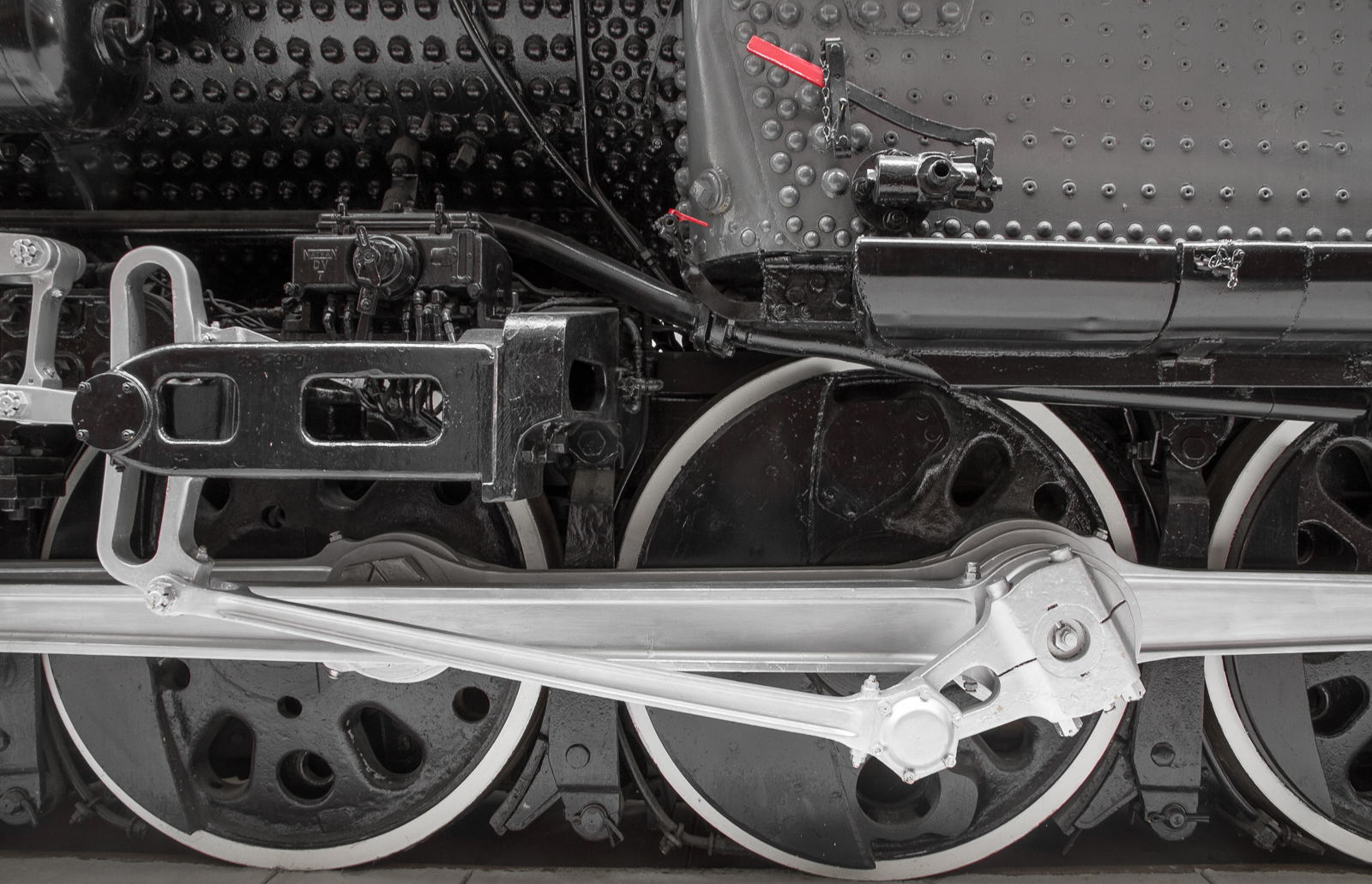The moving parts of our cameras

I saw a fantastic video today showing the movements of a DSLR camera at ultra-slow-motion speeds. While the video is interesting if only to see the inner workings of a DSLR camera, this video can help us understand a couple concepts that may have had you scratching your head.
First, the video:
So, what can we learn about photography from this video? After all, this is nothing but a mechanical show & tell, right?
High-Speed-Sync
In another blog post, I covered the topic of High-Speed Sync in flash photography. In that post, I explained the idea of the moving double-curtain shutter, but the slow-motion video here shows this movement in fantastic detail.
If you watch any of the shutter speeds over 1/250 second or so, you can see clearly how both curtains of the shutter are moving, leaving the open band over the sensor that creates the dark bar commonly seen with a non-HSS flash.
Mirror Lockup
If you’ve ever done any long-exposure photography, you’ve probably heard of mirror lockup as a technique to minimize vibration during an exposure. Without seeing the inner workings of the camera, it might be difficult to understand why mirror lockup helps, but this video shows clearly the vibration induced as the mirror slaps up & down. Obviously, you don’t have to worry about this if you’re shooting a mirrorless camera, but if you’re using a DSLR, this should be a good point to remember.
